eXtensions - Wednesday 31 May 2023
By Graham K. Rogers
![]()
A group of students from TU Braunshweig visited the railway and logistics program (CLARE) at Mahidol University this week. As part of the events arranged for them, they took a trip on the Thonburi - Salaya - Nakhon Pathom feeder link. At Nakhon Pathom station the new construction, related track widening and signalling were outlined. Dr Waressara Weerawat of the Cluster for Logistics and Railway Engineering (CLARE) provided several helpful suggestions while I was writing this content.
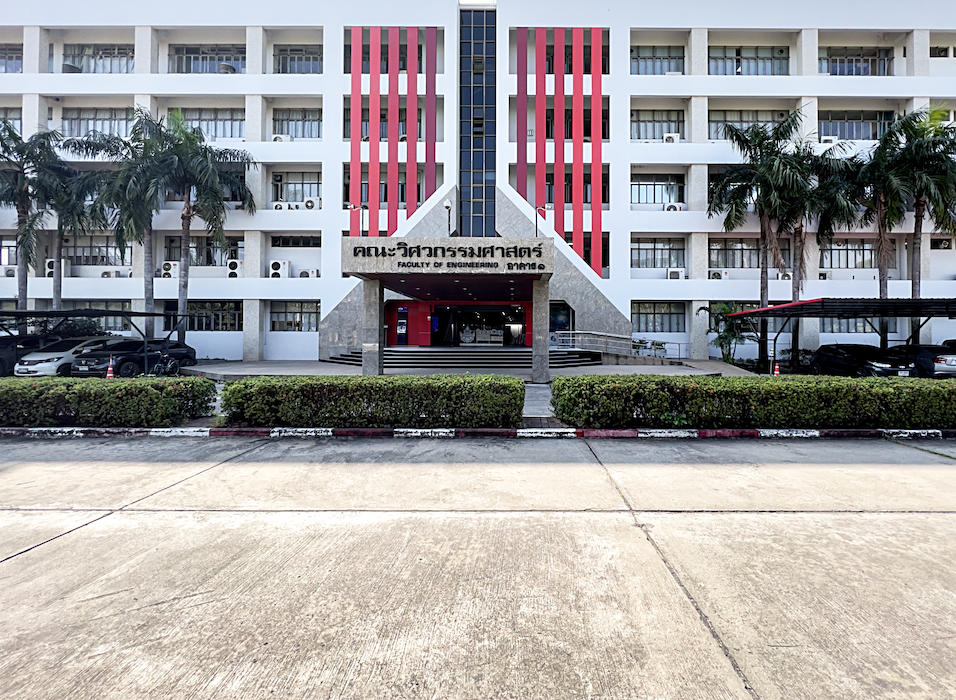
The Faculty of Engineering, Mahidol University, established a multi-disciplinary group for logistiics and railway engineering in 2016. The Cluster for Logistics and Railway Engineering (CLARE) has since developed its own graduate programs and forged several professional relationships within Thailand and with foreign partners to help elevate its programs. In Thailand there are tie-ups with Alstom (signaling and train manufacture), the BTS and BEM metro lines. There are also occasional tie-ups with the State Railway of Thailand (SRT).
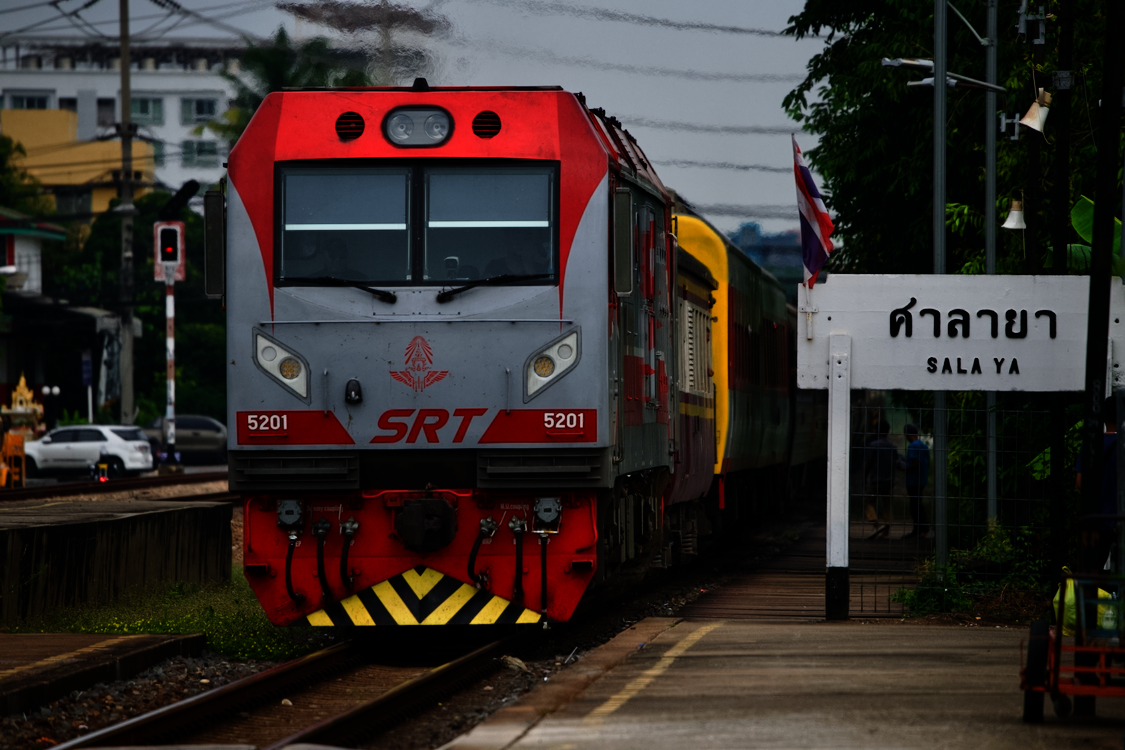
Among the external links are international partners such as SEL Rail Systems, JR Freight (Japan Freight Railway Company), and academic links, such as UCL (University College London), TU Berlin, TU Dresden, and RWTH Aachen University. There has also been much cooperation with, and at Technische Universität Braunschweig.
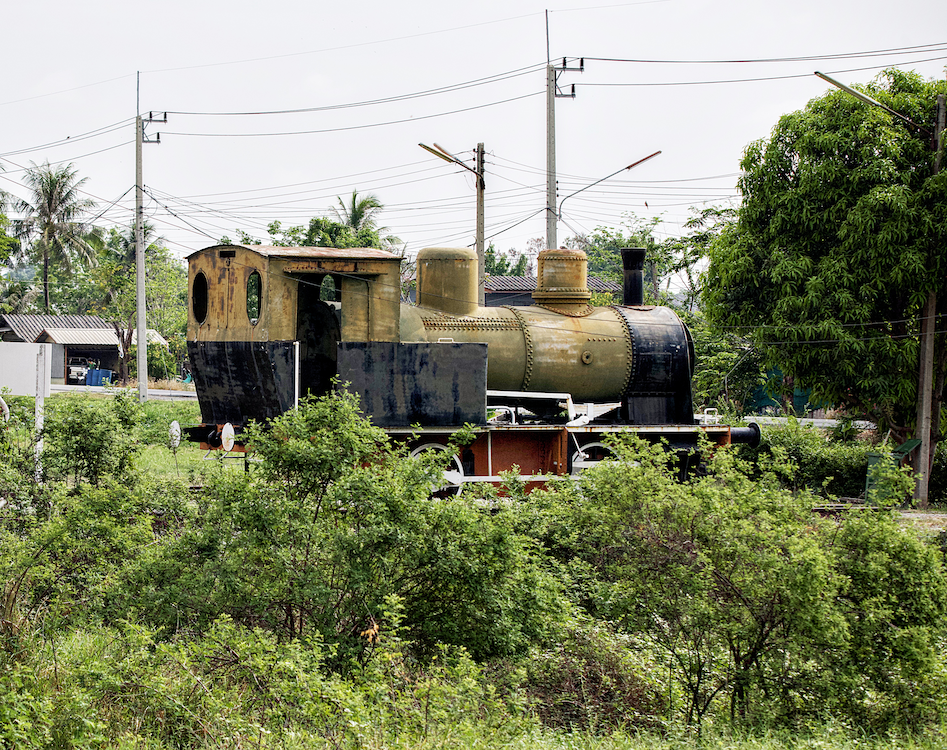
This week a group of some 30 students and academics from this university (TU Braunschweig) visited CLARE where a program of trips and events had been arranged. The first of these was a look at the relatively new SRT Thonburi to Nakhon Pathom feeder line which allows travellers from outside Bangkok to travel more easily to the city. It links to both the Red Line (at Talingchan) as well as the MRT Blue line at Bangkhunnon from the SRT Charoensanitwong Station: a short walk of about 100 meters. It terminates at Thonburi Station, a short distance from Siriraj Hospital.
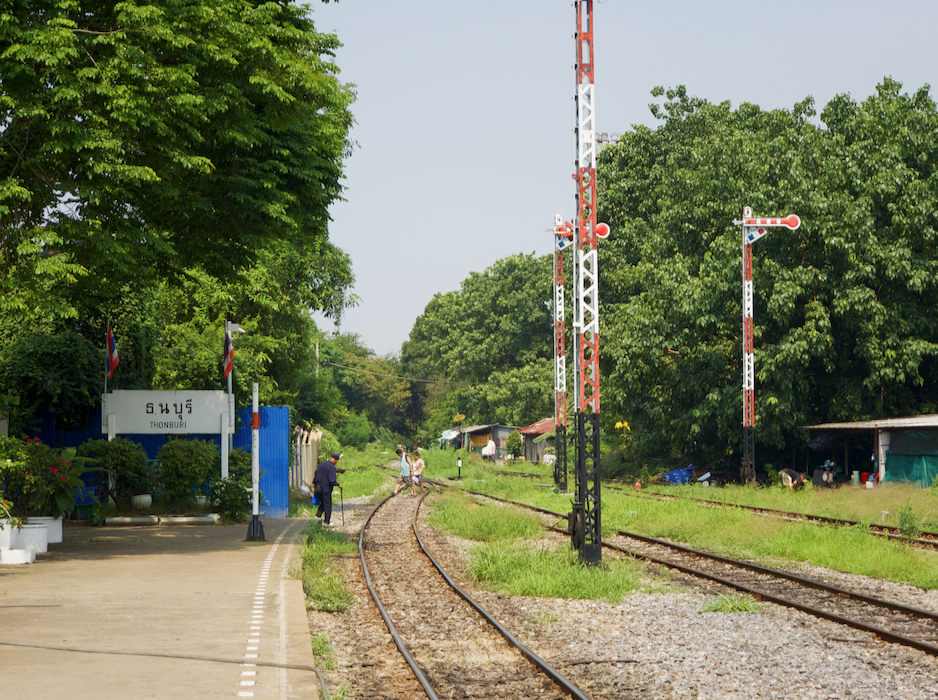
The group went first from Salaya to Talingchan then travelled out to Nakhon Pathom, a journey that normally takes a few minutes over an hour. There are 10 trains each way every day, although the first one (only) from Thonburi in the morning does not stop at Phutthamonthon Sai 2 Station making the trip 5 minutes shorter.
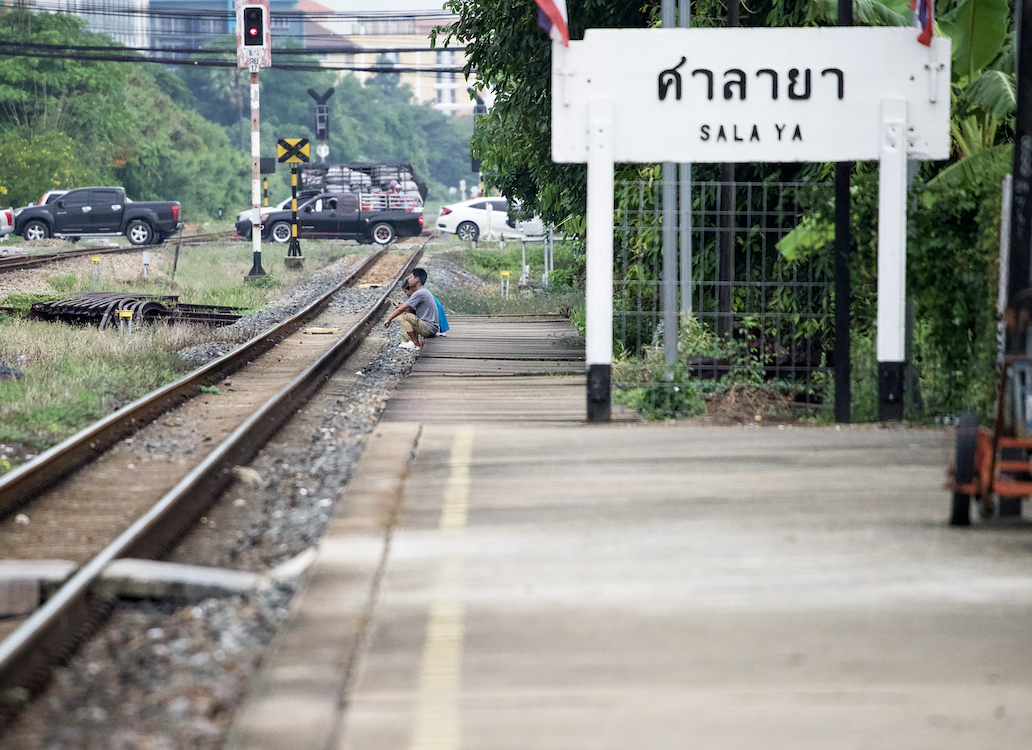
I joined the trip at Salaya on the group's outbound leg (10:42) planning to take photographs of the countryside on the way. While waiting for the train at Salaya the assistant station master recognised me as a member of the party, helping me buy the ticket and gifting me a shoulder bag decorated with the timetable of the link train. We posed for the obligatory photos of the event.
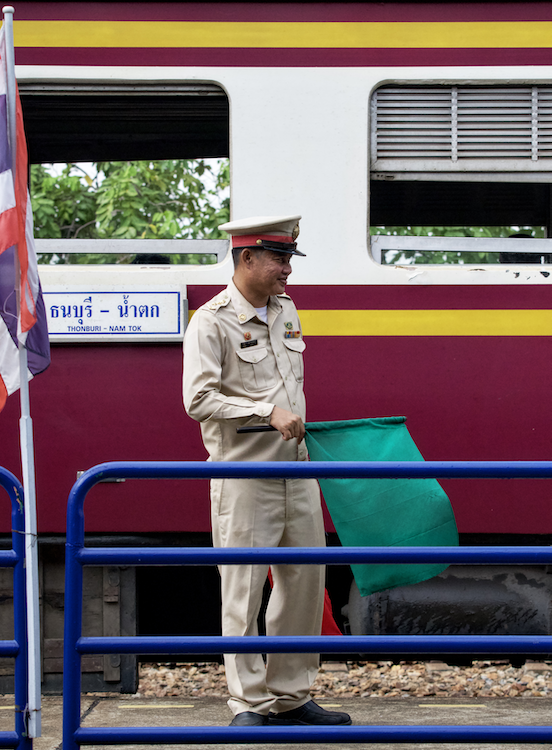
|
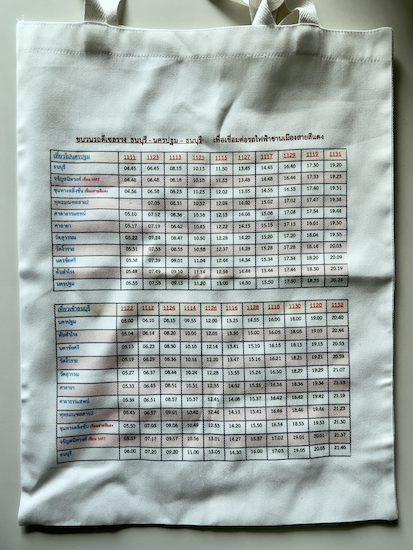
|
He chatted about previous interactions with Dr Waressara Weerawat: CLARE and SRT are involved in long-term planning for potential changes when the metro Red Line is extended from Talingchan to Salaya. This is expected to make a difference to the university and its students, to local businesses and, it is hoped, will increase tourism in the area.
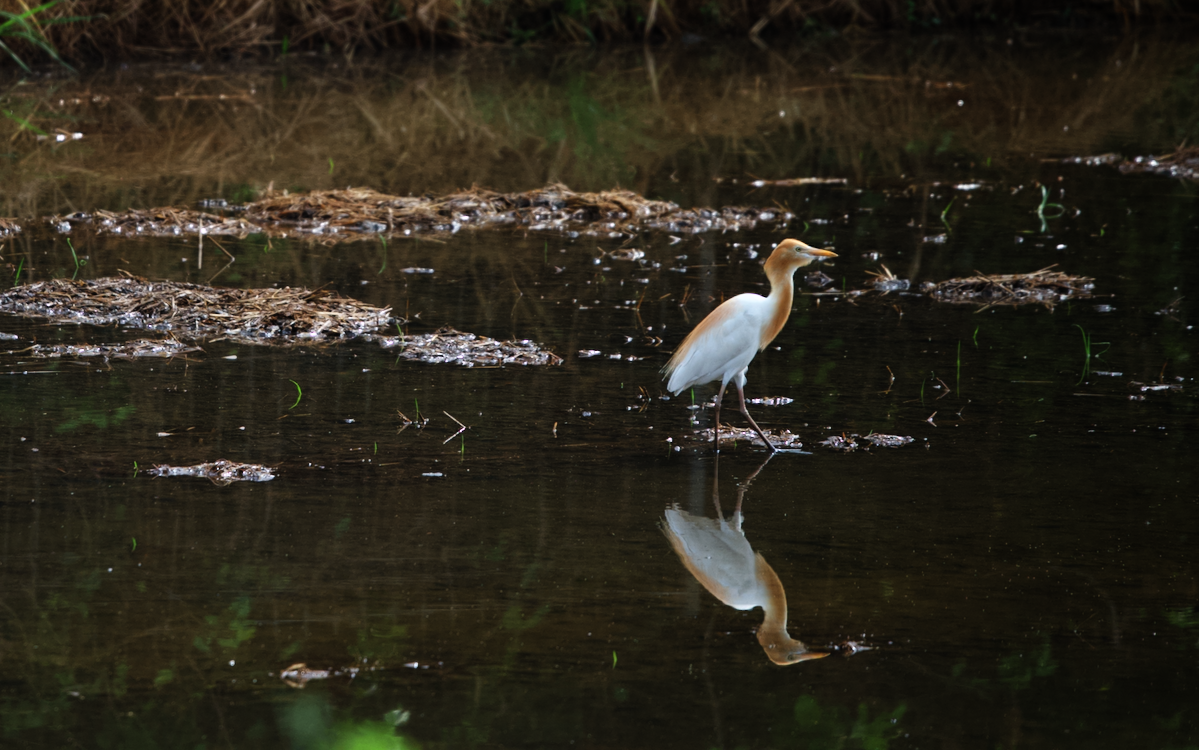
On the journey from Salaya, as well as taking photographs of the scenery, I was able to chat with Dr-Ing. Bernhard Friedrich, chair of the Institute of Transportation and Urban Engineering: an expert on road transportation systems, particularly traffic flow. With the onset of the rainy season, some rice is still being planted, while some is already growing. Fields are being flooded in preparation, giving the variety of birds found here plenty of food if they work for it.
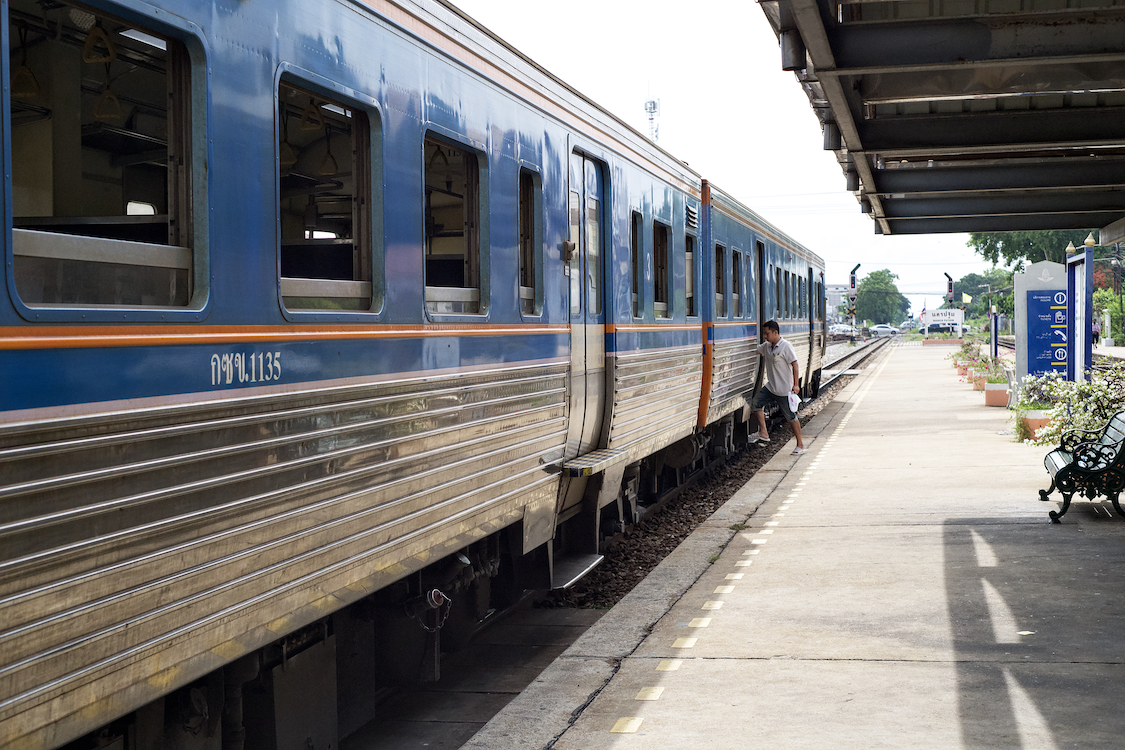
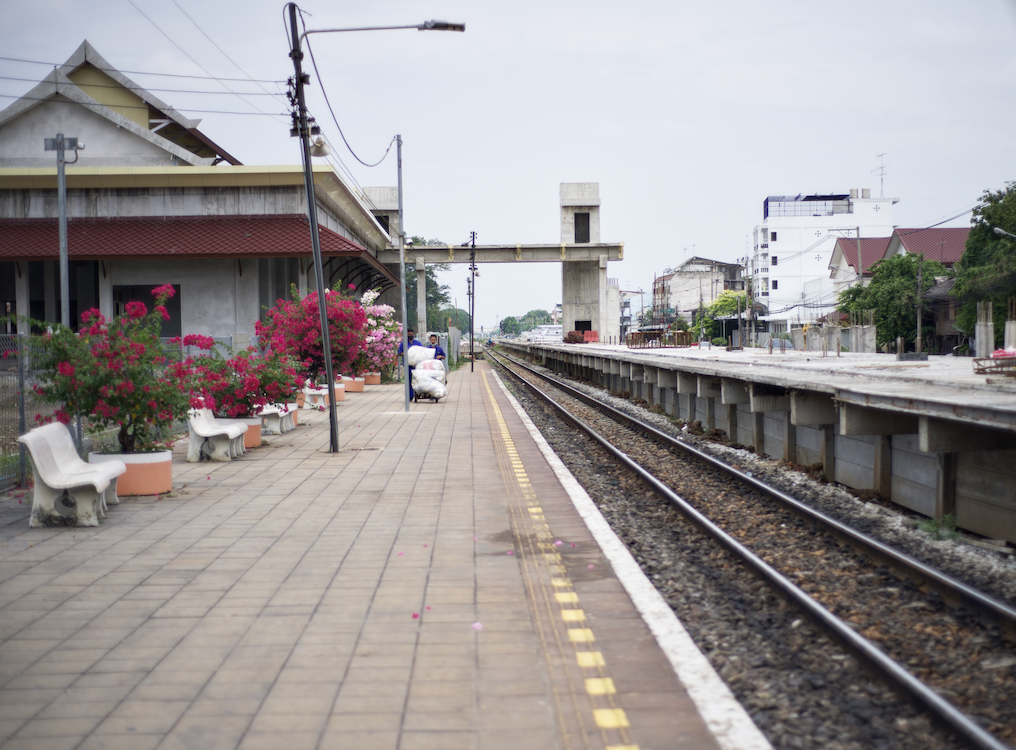
Currently there is only single track so some mixed signalling systems come into play with the dual system in use at the station. Towards Bangkok, the double track system has modern signalling installed and the layout is displayed on computer monitors, similar to the systems used on Bangkok metro lines with block control. From Nakhon Pathom, trains on the southern line run on a single track. This uses an older token system which allows only one train - the one that (literally) holds the token - to have absolute priority on a section of track.
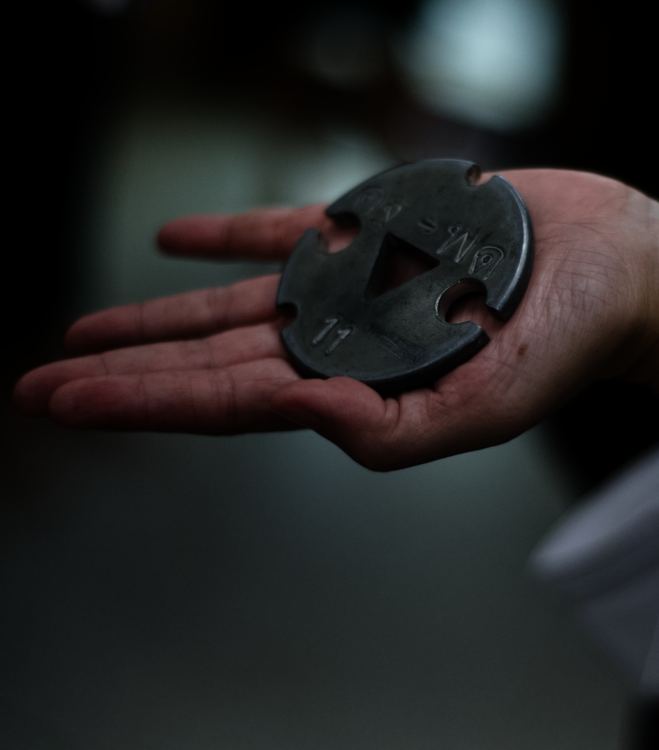
|
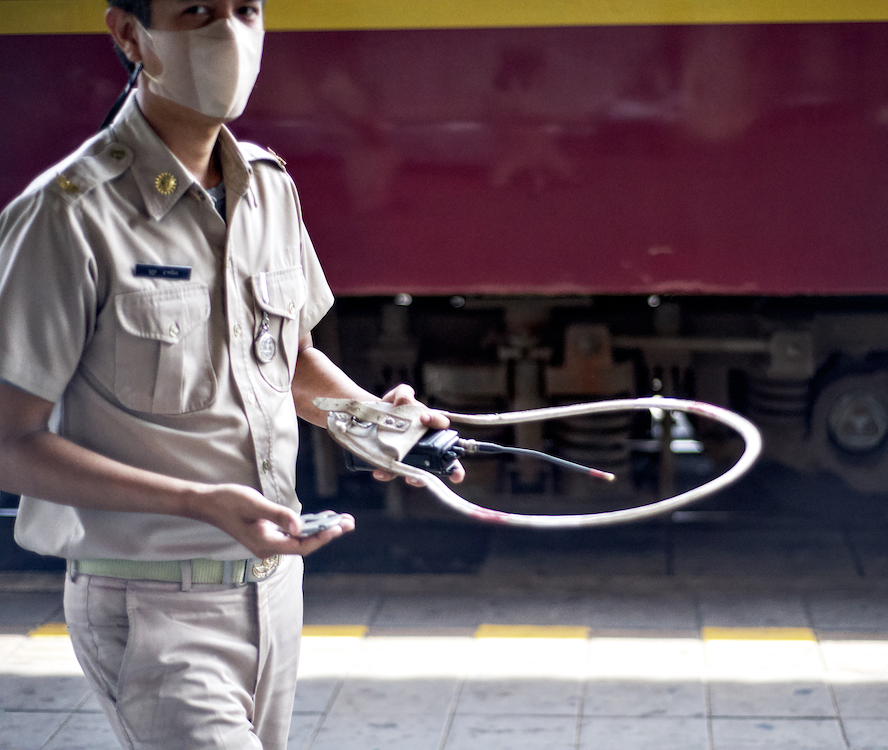
|
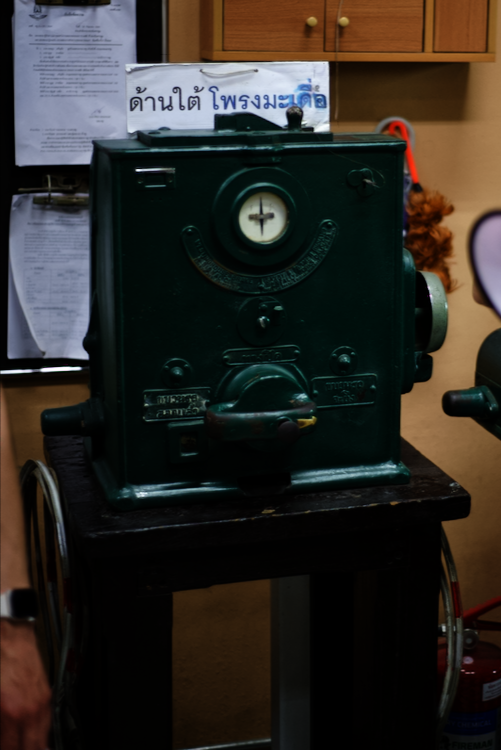
|
The station staff at Nakhon Pathom demonstrated this a couple of times. As a train arrived from the south, it gave up its token, freeing the track. Before a southbound train can use the section it must be given a token, but a token cannot be issued if the controller at the start of the section has already issued one for a Bangkok-bound train. This was explained to the student group by SRT staff and Prof. Jörn Pachl, Professor and head of the Institute of Railway Systems Engineering and Traffic Safety (IfEV) at the Braunschweig Technical University.
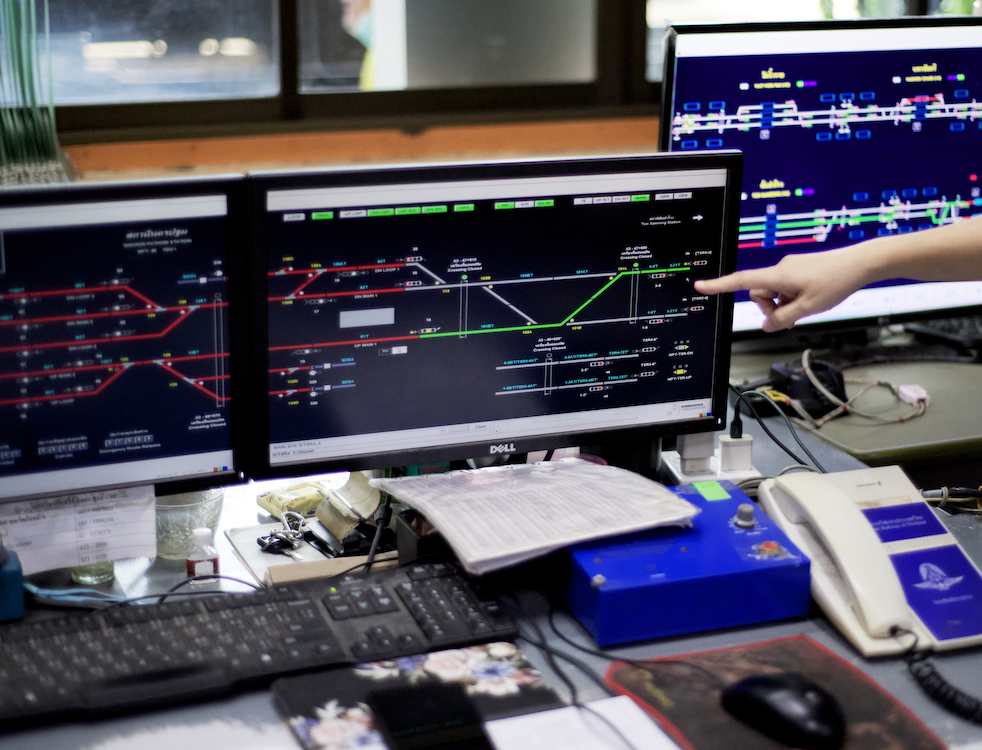
As the trains arrived or departed, depending on whether they were heading for Bangkok or the South, the monitors in the office showed which lines were free, occupied or unavailable. The routing and color coding on the screens were explained to the group by SRT staff with a quick translation into English by Dr Waressara.
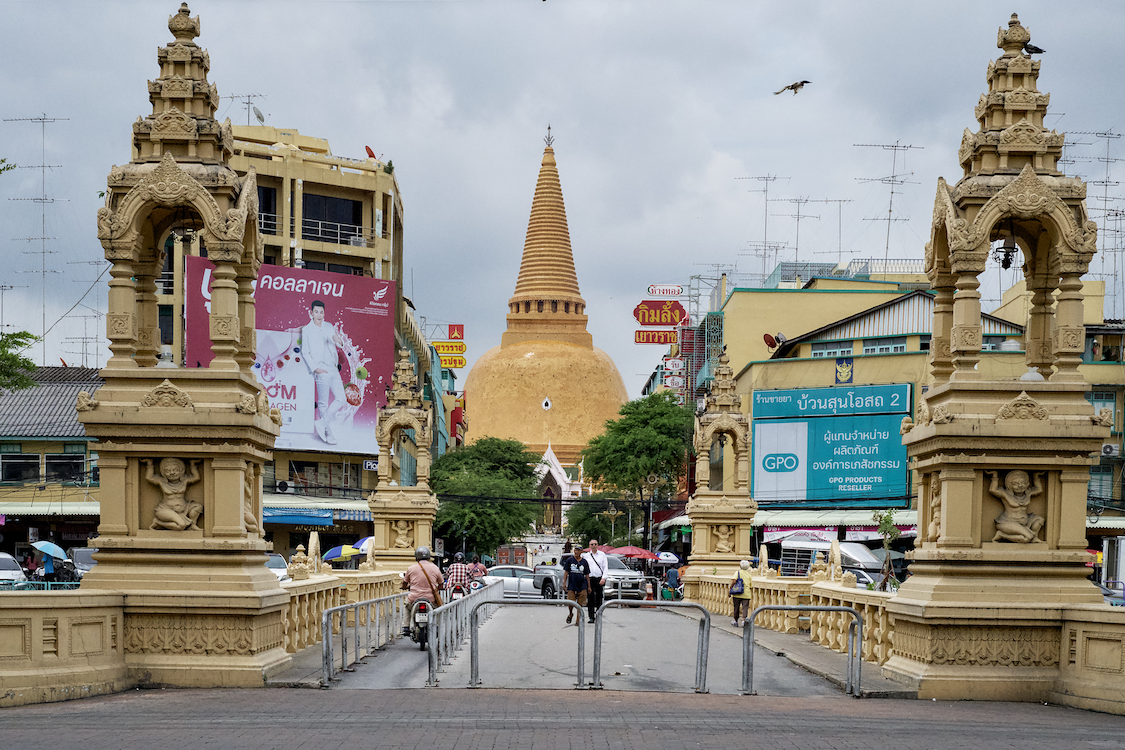
As well as the railway, Nakhon Pathom is now host to many industries with its good links to the North, the South and Bangkok. It is also a tourist destination with a main attraction being the Phra Pathom Chedi temple in the center of the old town. While some of the group visited the temple, others wandered around the market or relaxed over coffee before coming back to the station to wait for the train.
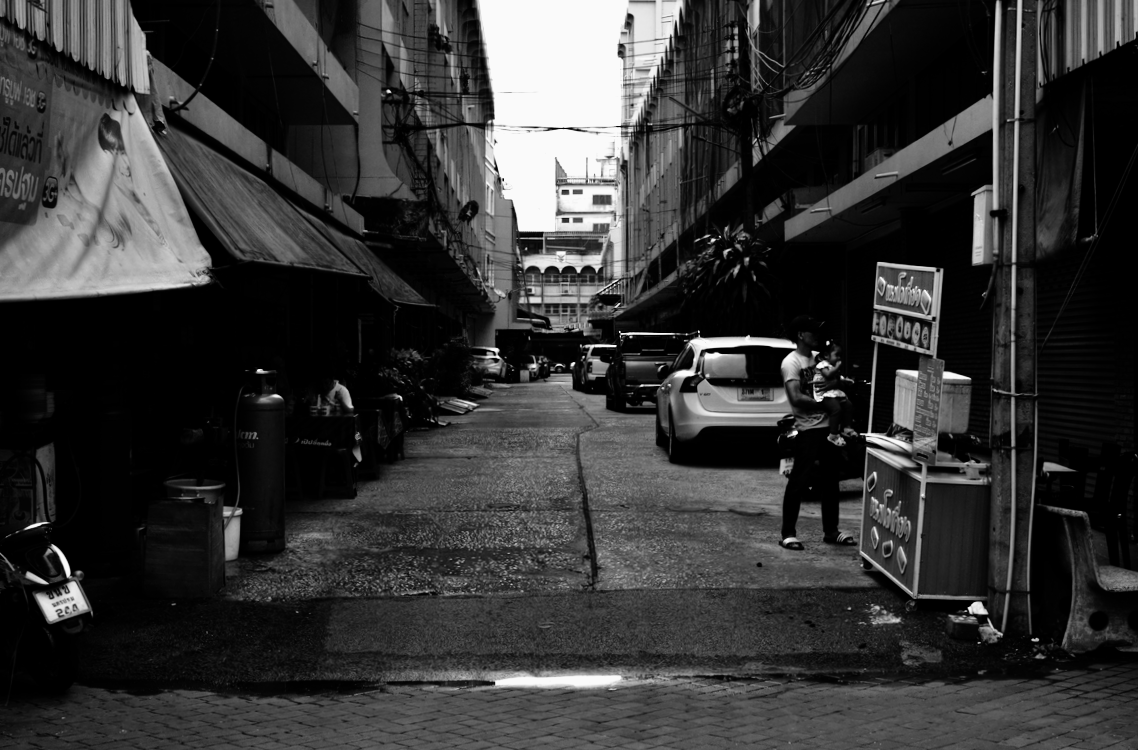
|
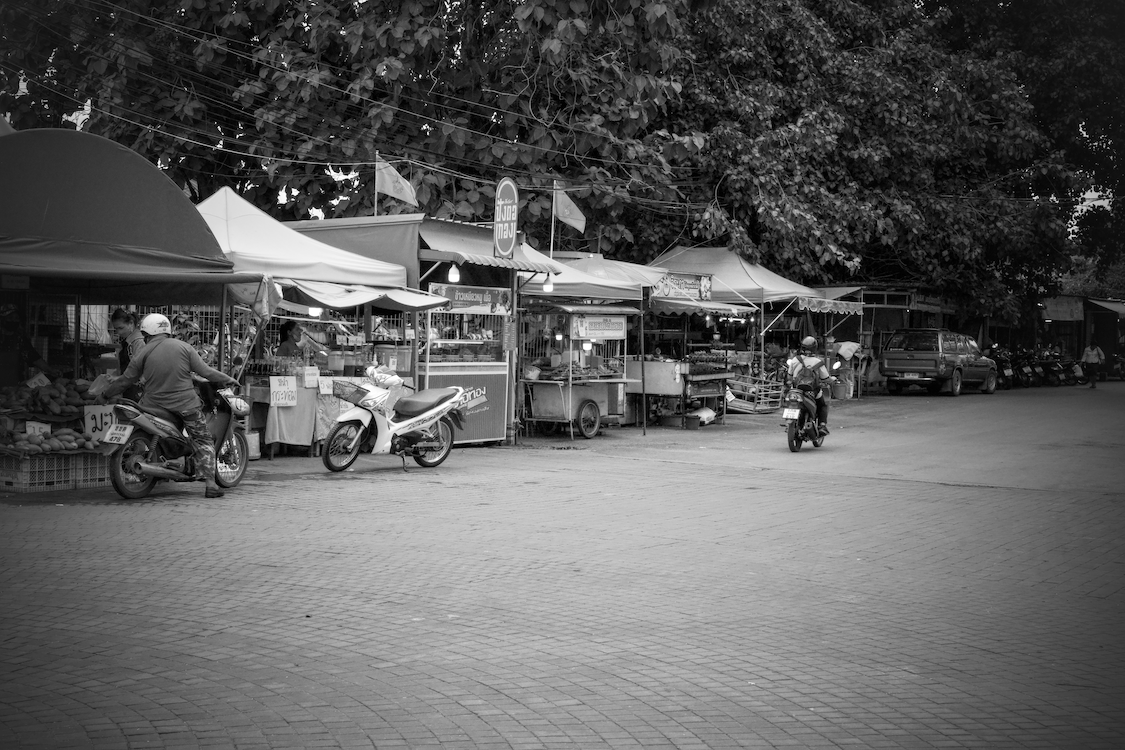
|
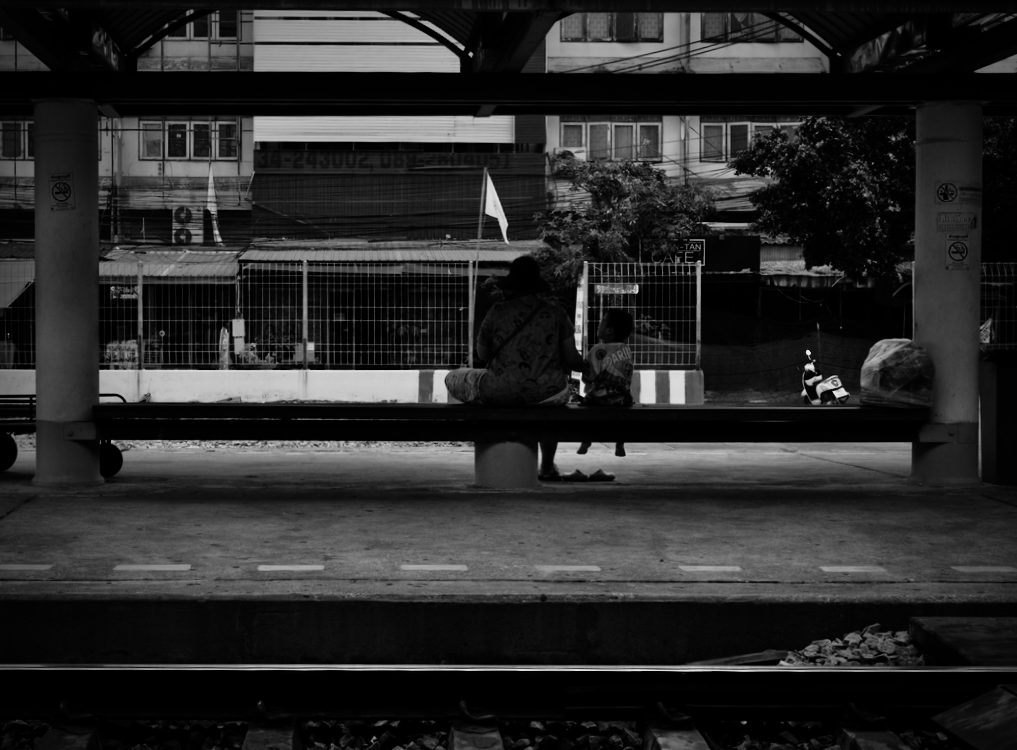
At Noon, the return train left the station exactly on time and went back through the fields to Salaya where the group disembarked and returned to Mahidol University for lunch. In the afternoon, the group took the train one stop to Wat Suwan station where they switched modes and took a more leisurely trip along one of the many canals that cris-cross the countryside.
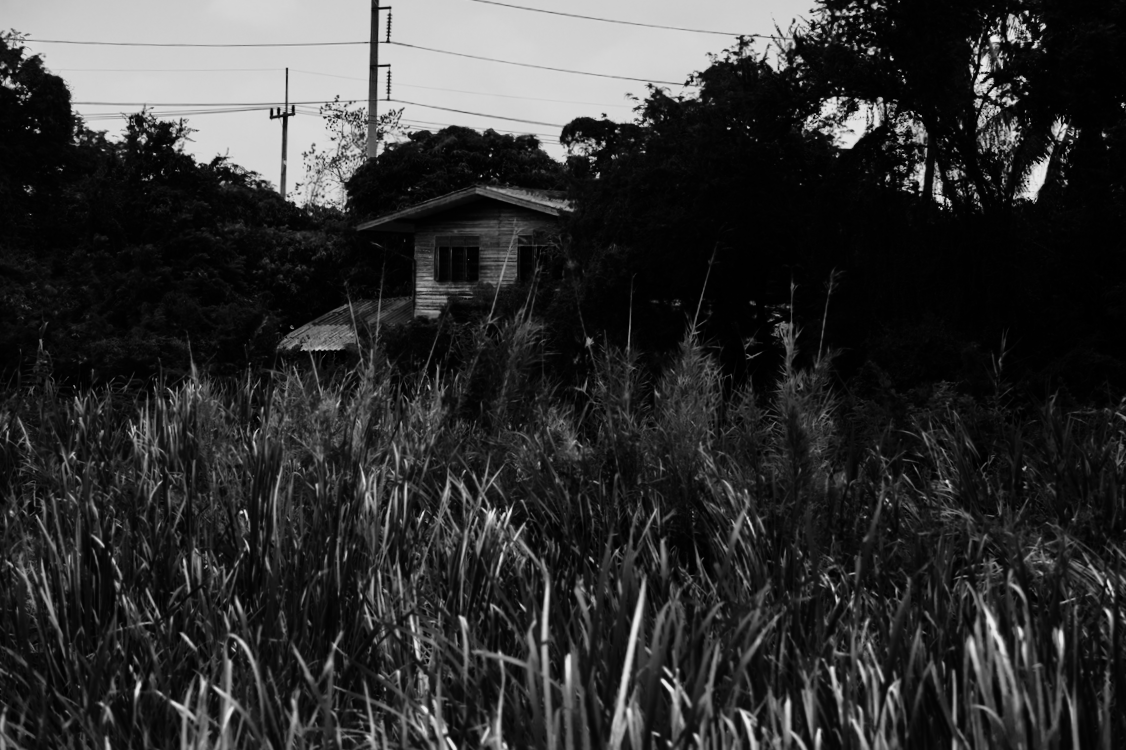
On Tuesday the group was able to visit Hualomphong station: the old terminus before the new Krung Thep Aphiwat Central Terminal multi-line terminus was opened (also known as Bang Sue Grand Station). At Hualomphong they were given an extensive talk on the Thai rail system and were able to tour the old station, which still has some trains running.
Wednesday was set aside for some additional visits including Asia-Pacific Rail 2023 - the Bangkok International Rail Fair at BITEC exhibition center.
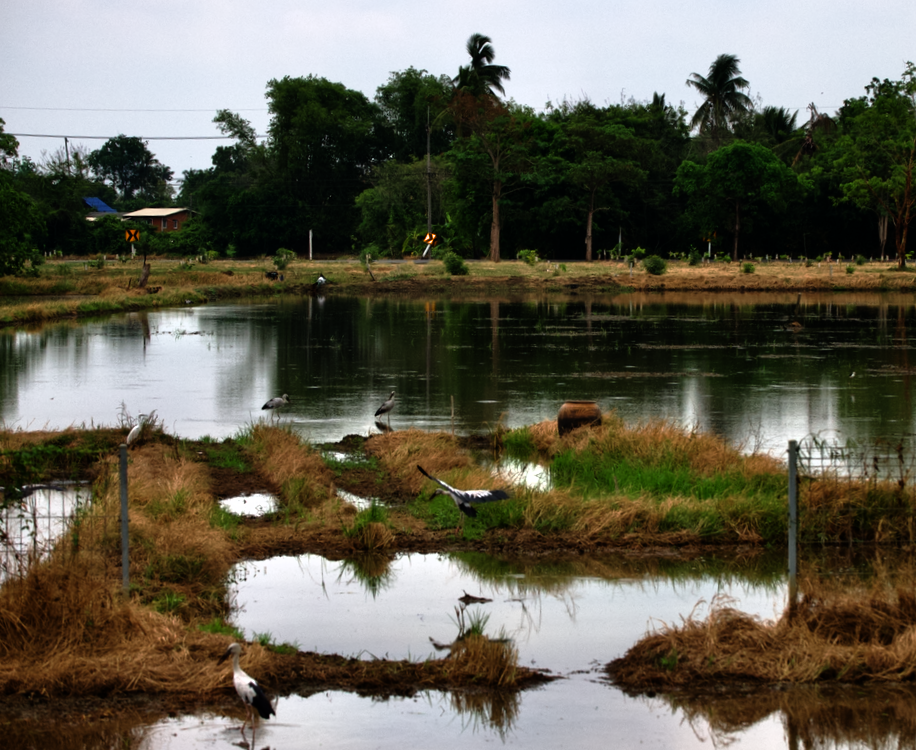
Graham K. Rogers teaches at the Faculty of Engineering, Mahidol University in Thailand. He wrote in the Bangkok Post, Database supplement on IT subjects. For the last seven years of Database he wrote a column on Apple and Macs. After 3 years writing a column in the Life supplement, he is now no longer associated with the Bangkok Post. He can be followed on Twitter (@extensions_th)

For further information, e-mail to
Back to
eXtensions
Back to
Home Page